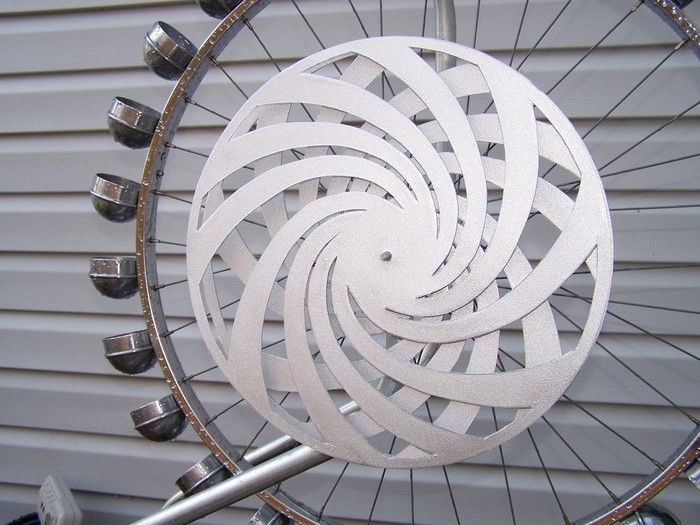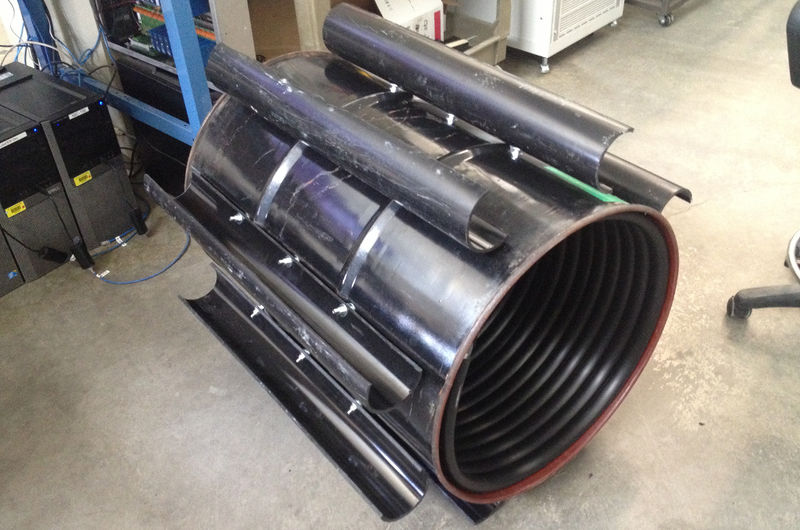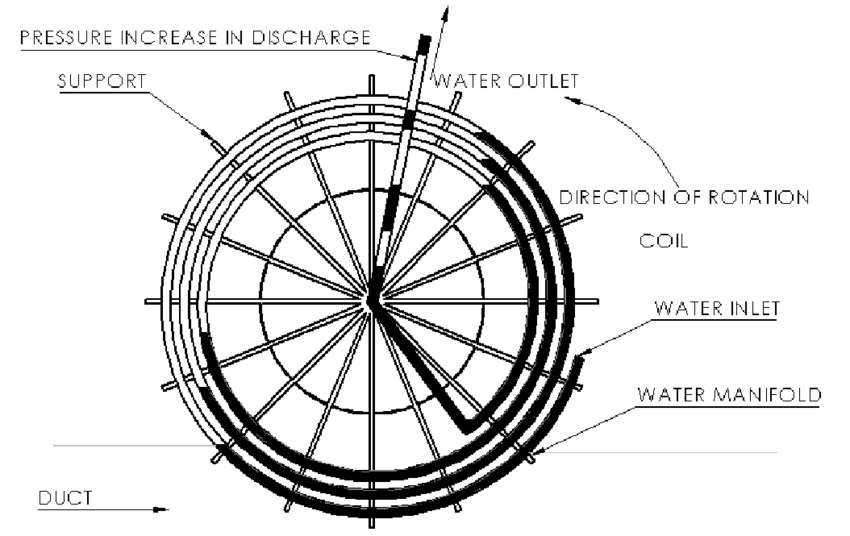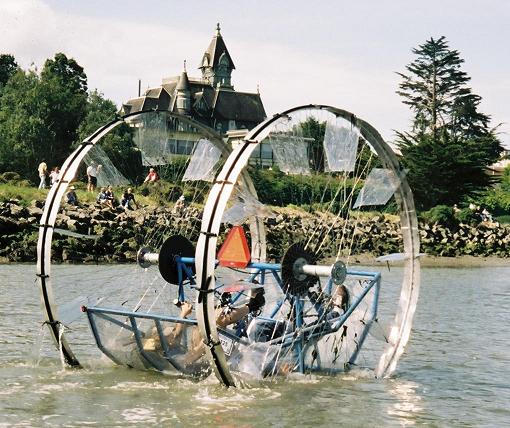Kinetic art is an artwork in any medium that creates movement and this movement can be created by the viewer, by wind, water, or by a motor. My proposed outcome will be kinetically moved by water, so it seemed relevant to explore innovative contemporary kinetic artists. Before embarking on this research I had the impression that contemporary kinetic art was hard to find and I wondered if it had a reputation of being more of a ‘hobbyist’ activity. This was possibly due to the kinetic art that I’d experienced so the first challenge was to identify some of the more innovative artists in this genre.
I’m puzzled by the basic definition of kinetic art being art that depends on motion for its effect. This seems a little simplistic because in effect all art is moving, at least in a scientific sense. Maybe a better definition would be that kinetic art creates motion that is detectable by human senses? We then have to think about how the source of the motion impacts the nature of kinetic art – how much of the work is about the piece and how much about the viewer, wind or water that creates the motion. For my own outcome, the nature of the slow-moving water is absolutely central to the success of the piece.
Man Ray (below) along with Marcel Duchamp were early pioneers of kinetic art. I find Man Ray’s early work more relevant to my own as he was more interested in organic movement, so that created from natural sources. This could have been the wind or a passing viewer but the key thing the movement was unpredictable. This is significant as I find the unpredictability of kinetic art most potent as it creates tension, and an extra level of engagement to see what might happen next. In Obstruction, we see natural forces in action, the hangers are balanced by gravity and undergo small, random movements with even the smallest breath of air. Every arrangement in this piece is unique, I could come back to it dozens of times and it would always look different, I would see different forms and take away something new. This is an integral part of my own work as the natural force of the river has total control over the arrangement which will create put the viewer in a soporific and thoughtful state. If I can capture the viewer’s imagination through movement then I will have achieved my goal.
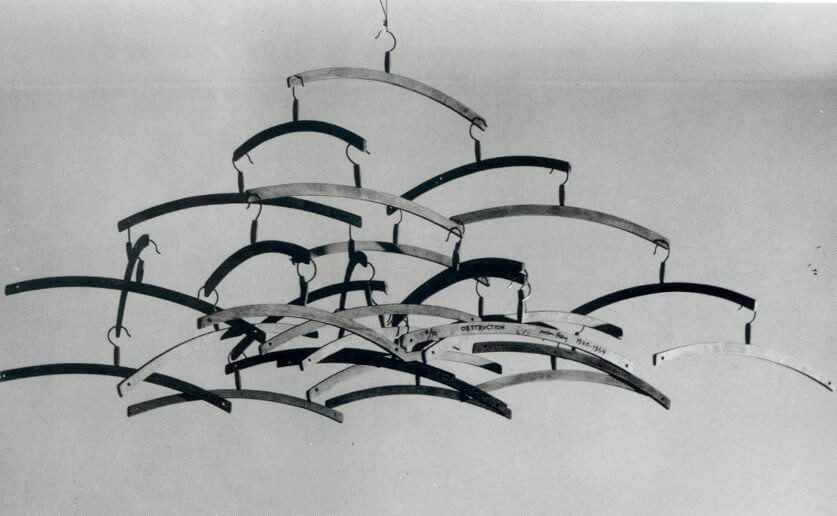
I am aware of the work of Johnny White (who works with Amanda Wray) from the Wirksworth Festival. I have enjoyed his Dadaesque kinetic art for a number of years and I love the absurdity of the work, made from junk, full of humour but cleverly parodying aspects of modern life. I particularly like the food mixer sperm spinning around the mirrored foetus – clever use of mechanics to illustrate something unseen and central to existence. White’s work is either driven by motors or the viewer, so not a natural force, and I think this changes the impression on the viewer, compared to the work of Man Ray above. This work has ‘fun’ all over it, often invites interaction and is intriguing in its engineering aesthetic but this series has the title of The Family Show and there is a thoughtful theme of human reproduction and child-rearing carrying through the work. What I learn from White’s work is how the visible engineering of the work combine with other aesthetic qualities to complete the piece – the structure and moving parts are as important as the message and should not be hidden. In fact, trying to hide the structure of a piece can often fail. In my own project, the wires and steel tubing will purposely be in plain sight so must look engineered, intentional and perfectly integrated with the paddles and words. This is something I’ll give detailed attention to.
I then searched for kinetic art that specifically used water power and I found a number of pieces below. From water wheels and irrigation systems to water-powered machines, the choice was quite limited but still varied. My feelings towards these examples are that they are veering away from the artistic value that I’m looking for. Here we see human engineering endeavour in the form of the hobbyist or inventor and we focus on the mechanics of what has been created and its function and there is little sense of a message that they are carrying. I think this is an area I want to steer clear of as my outcome is not an engineering project with a mechanical outcome. I want the viewer to not fully understand the purpose of the water wheels as they have not been put in place to achieve a particular physical task, they are carrying a message which is the main purpose of their existance.
